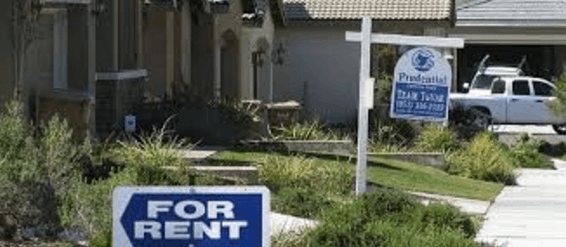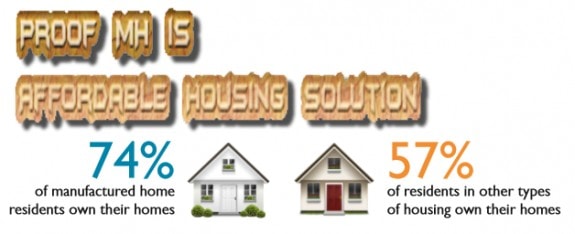
What’s the biggest factor driving site built property transitions? The answer may surprise you, but the opportunity for the manufactured housing industry won’t.
According to National Mortgage News, research from the Mortgage Bankers Association’s Research Institute for Housing America (RIHA) shows that a homeowner’s equity position is one of the major factors that drives property transitions between owner-occupied and rental status.
Between 2000 and 2014, 6.5 percent of homes built before 2000 and 10.3 percent of homes built in the 1990s went from owner-occupied to rental status, according to a study by Syracuse University professor Stuart Rosenthal.
“Underwater homes are notably more likely to transition into the rental sector, possibly because of reduced incentives to maintain the home and related decay,” said Rosenthal.

“Owner-occupied homes where the combined loan to value ratio (CLTV) is between 100 percent and 120 percent are between one and two percentage points more likely to become rentals, while homes that have a CLTV above 120 percent are between six and eight percentage points more likely to make this change.”
Additional research showed that the share of single-family homes in the country’s rental housing inventory was 36.13 percent in 2014, about 5 percent higher than in 2000, and the share of single-family homes in the owner-occupied inventory remained relatively unchanged.
Rosenthal’s study further showed long and short-term trends that largely guide these transitions.
Over the long term, scenarios like age-related depreciation make it more likely that a home will become a rental property unless structural or neighborhood changes take place.
Over the short term, it’s housing prices that have a significant influence on an owner’s decision to reside in their property or rent it out.
“For certain types of homes rising house prices encourage transitions into the owner-occupied sector,” said Rosenthal.
By comparison, Rosenthal’s research showed that falling prices tend to predicate short-term swings toward the rental market, and these shifts often reverse themselves as prices go back up.
Consequently, this indicates that the large volume of homes that moved from owner to renter-occupied following the financial crisis could continue to affect construction.
“Movement of housing stock back to owner-occupancy status…has the potential to undercut demand for new construction since most home building occurs in the owner-occupied sector,” said Rosenthal.
“Also, the drop in the homeownership rate to a low of 63% in the second quarter of 2016 suggests that a large buffer stock of potential owner-occupied homes may now sit in the rental segment of the market.”
Rosenthal believes this explains one scenario from 2016, but believes more work needs to be done.
“This may help to explain why new home construction in 2016 remains far below previous levels even though home prices at the national level have regained their 2006 peak, but this is a topic that requires further research.”
Is MH the Solution?

As Daily Business News, MHProNews and MHLivingNews readers are aware, we have covered the case for manufactured housing as a viable solution to hope for the American Dream of home ownership at a reasonable price extensively, including Bloomberg making a statement to the same effect.

Bloomberg points to Doug Ryan, director of affordable home ownership at the Corporation for Enterprise Development (CFED) who cites advantages, and challenges, that the industry faces.
“You can put them anywhere you have the land,” said Ryan, who routinely promotes manufactured homes as an important option in the affordable housing crisis.
“What you’re up against is the stigma. You’d have people coming to the planning meetings and saying that you’re killing their home value.” ##
(Image credits are as shown above.)

Submitted by RC Williams to the Daily Business News for MHProNews.

























